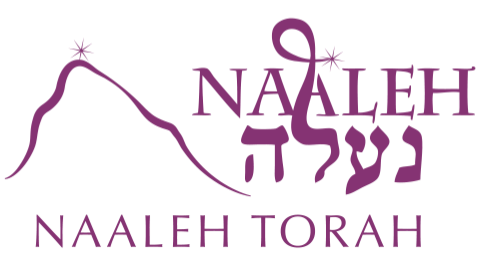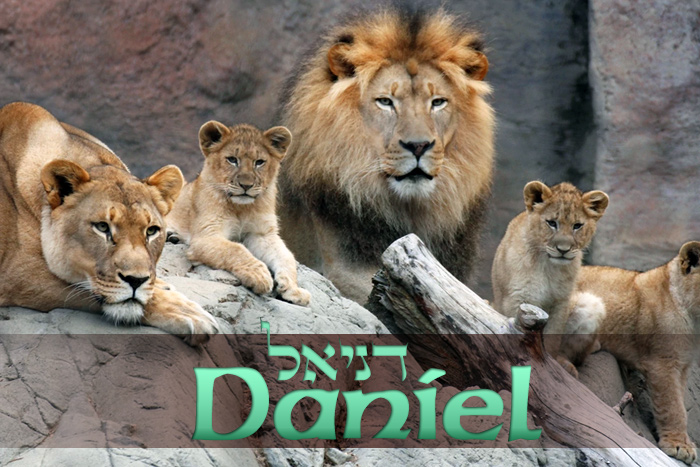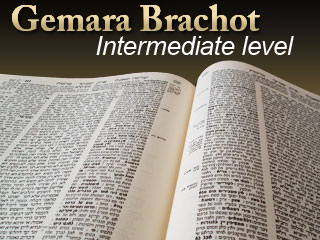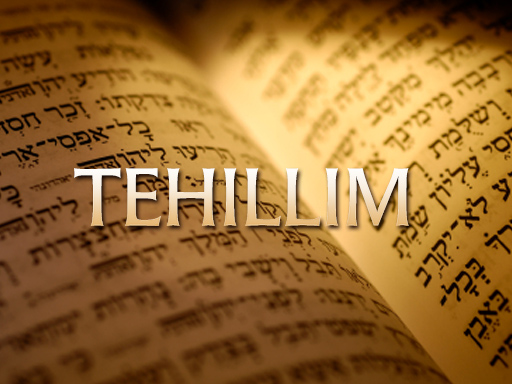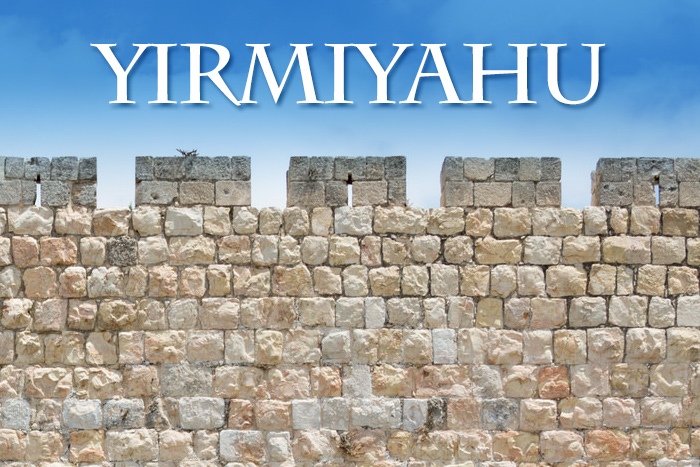Bein Adam L’Chavero
Posted onIn this Torah shiur (class) on the laws of proper speech, Rabbi Beinish Ginsburg teaches the beginning of Klal 5 of Sefer Chofetz Chaim. The Chofetz Chaim discusses talking about someone’s character traits and weaknesses, such as wisdom, strength, and wealth. Specifically, Rabbi Ginsburg focuses on the trap of criticizing Rabbonim as not intelligent or diplomatic enough, and talks about how we must be careful to only speak positively about our leaders.
